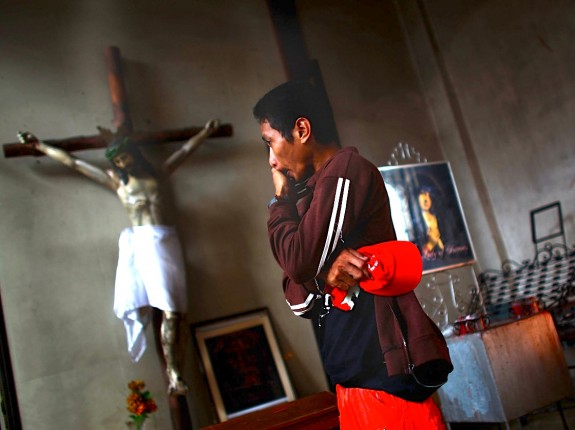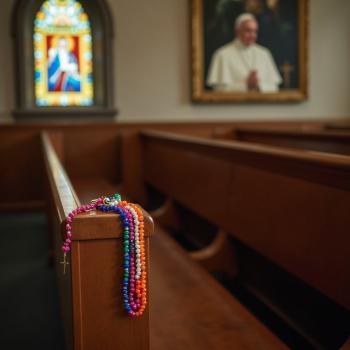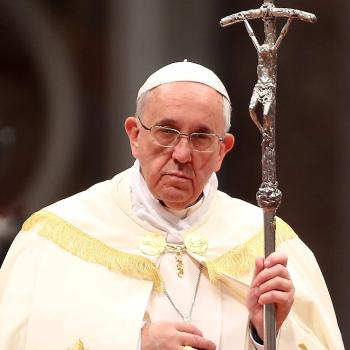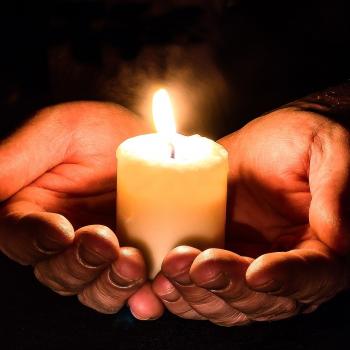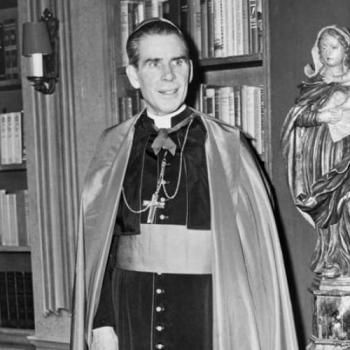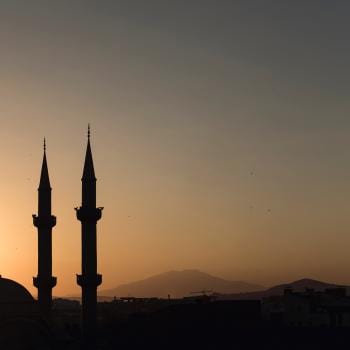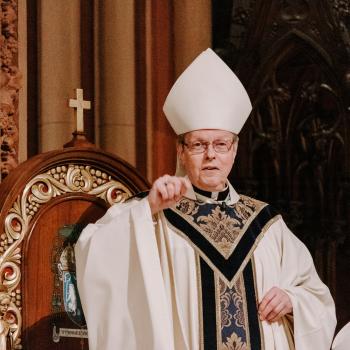Photo: David Gilkey/NPR
Across the ravaged center of the Philippines on Sunday, people flocked to mass, often in churches that had been severely damaged or destroyed by Typhoon Haiyan.
In many villages in Leyte Province, the only structure that survived the storm was the church. Spires and statues of angels look out over fields of smashed houses and twisted typhoon debris.
In Tacloban, the typhoon ripped the roof off the once-stately Santo Nino Catholic Church. There’s still mud in amongst the pews and one of the large stained glass windows hangs precariously from its frame above the congregation. Sparrows flit in and out of the broken the windows.
There’s no electricity throughout this region and the energy minister says it might take a year to get power restored in the province. The priest used a battery powered loudspeaker to lead the mass.
Parishioners say in the days after one of the world’s most powerful storms crashed into Tacloban, this church has been a focal point for the community, a place to be together and to mourn.
“I came here right after the typhoon and everyone was crying seeing the church this way. It’s really hard,” says Nancy Callega. She says despite the damage to the church, her faith as a Catholic has helped her let go, to cope and face the destruction that surrounds everyone here.
“I really trust in God,” she says. “We cannot rely on our concrete houses and our powers, it’s nothing compared to God’s help through prayers.”
The Philippines is a predominantly Catholic country, and it is one of the largest Catholic populations in the world. Only in Brazil and Mexico does the church have more followers.
The priest on Sunday told the suffering here to take strength from the suffering of Jesus. This is a place where many people have not only lost all their worldly goods, many have also watched family members get crushed or washed out to sea.

